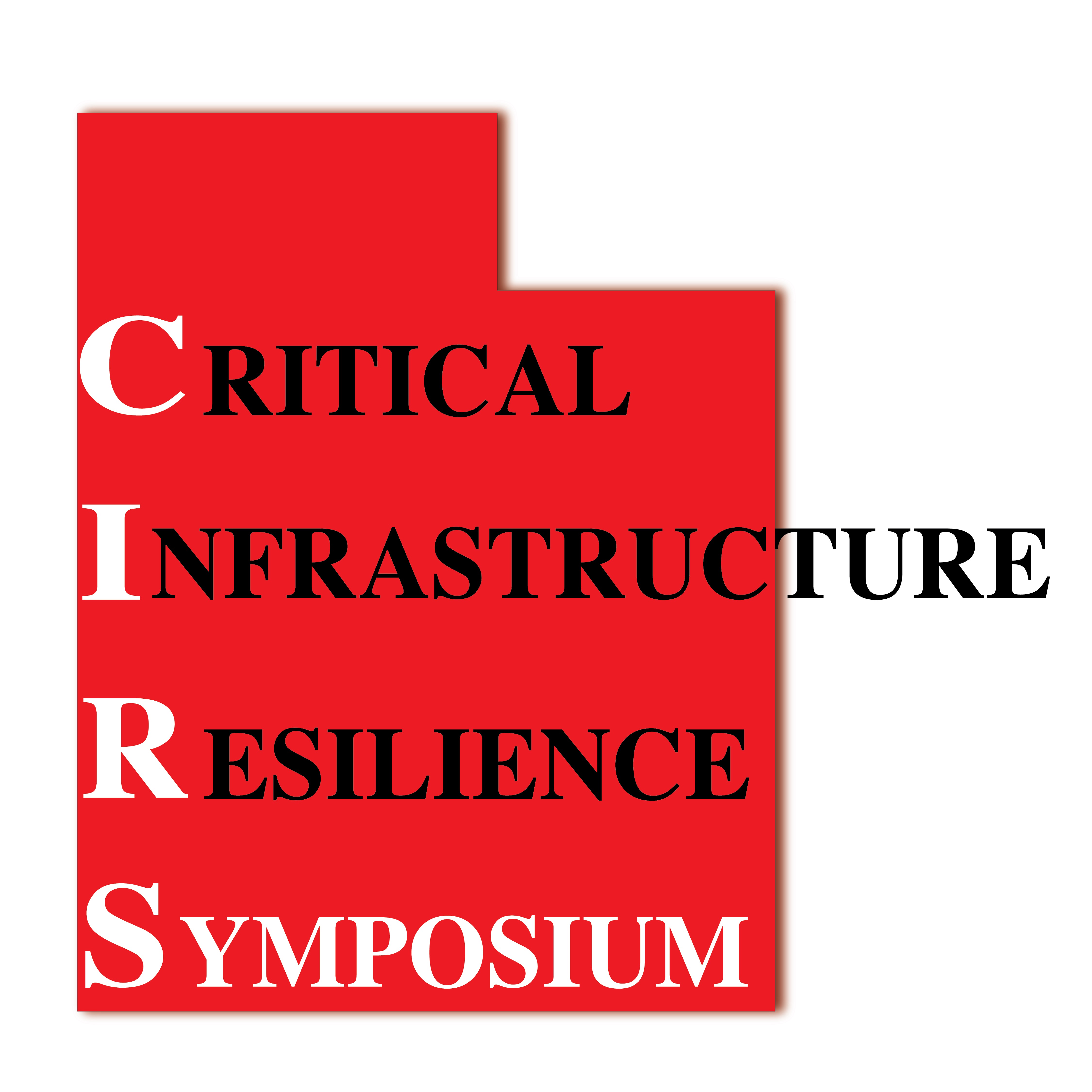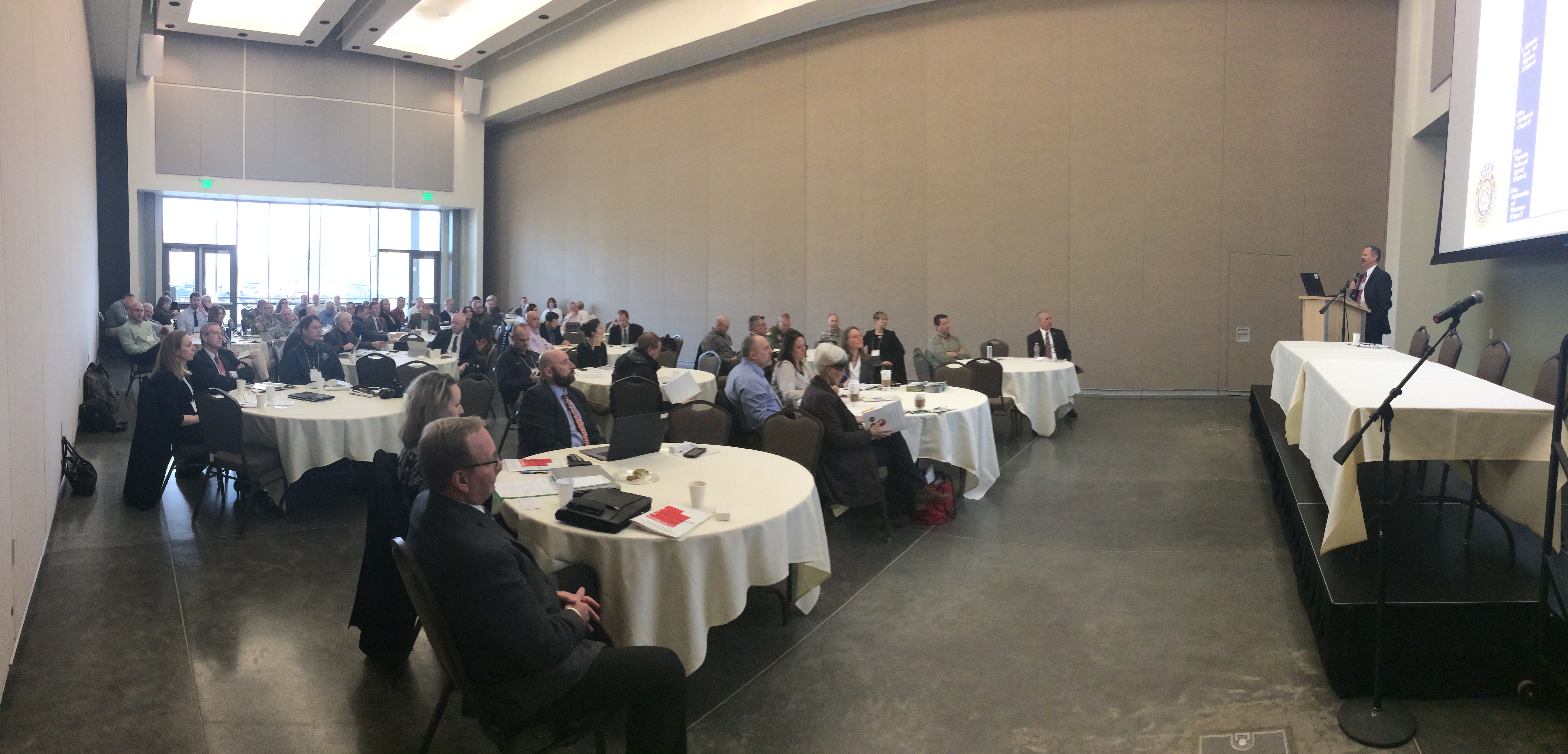The Best Infrastructure is a Resilient Infrastructure
When you think of all the bad things that can happen and who you call for help, the normal list surfaces: Call 911 and police, fire and ambulances show up. But what if an incident is big… really big… so big that it affects utilities, transportation, telecommunications and government (the very people who are supposed to respond to emergencies)?
You quickly see that a catastrophic incident, such as an earthquake, requires many helping hands. In the emergency management world, we call that the whole community. There’s a part of the whole community that we sometimes take for granted: Critical infrastructure.
Critical infrastructure includes food and ag producers, commercial facilities, schools, critical manufacturing, energy and financial sectors, government, water and transportation systems, among others.
Which sector is the most important? The one that’s not working when you need it to.
Much of the critical infrastructure everywhere is run by private companies with business models and balance sheets and trade secrets. But in a disaster, you need those companies to come together so people can get back to work, so the economy can bounce back.
This week, we invited planners, innovators and experts in disaster resilience from around the United States to our first Critical Infrastructure Resilience Symposium to share their stories of getting critical infrastructure in their communities ready to respond. Our Utah Public-Private Partnership section, known as UP3, spearheaded this effort. A huge thank you to our Matt Beaudry, Logan Sisam and Kathy McMullin, as well as our partners Mark Lemery from SIAC and Ralph Ley from the U.S. Department of Homeland Security for their assistance.
We got to brag a bit about our success in creating our Lifeline Infrastructures Resilience Council (LIRC), a disaster planning group made up of some important industry partners in Utah: Questar Gas, Rocky Mountain Power, the Utah Trucking Association, Century Link, Comcast, Utah Department of Transportation, Union Pacific and about 40 other members.
The LIRC provides a regular forum for these companies to share important operational information so they can work together in a disaster.
We’re also coming away with a to-do list, and we hope we’ve inspired others to take steps toward strengthening partnerships between the public and private sector.
Thank you to everyone who attended the symposium. If your business needs information on how it can become resilient, please visit BeReadyUtah.gov
— By Joe Dougherty
Public information officer
jdougherty@utah.gov



If you found this news entry interesting, please consider sharing it through your social network.